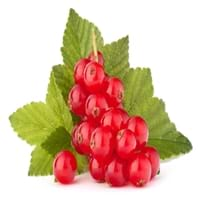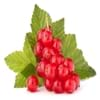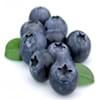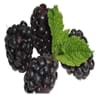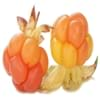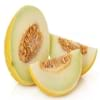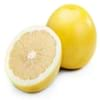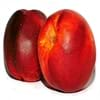Health Benefits
Cancer prevention, Gout treatment, Heart care, Regulation of heart rate, Treatment of rheumatism
Anti depressant, Cancer prevention, Reduces nervous tension, Treatment of alzheimer's disease, Treatment of Lung disease
General Benefits
Anti oxidant properties, Controls blood pressure, Cures fever, Digestive aid, Healing of wounds, Helps in weight loss, Strengthens bones
Digestive aid, Helps in weight loss, Improves blood circulation, Strengthens bones, Treatment of common cold
Skin Benefits
Brightens and lightens complexion, Reduces wrinkles, Treatment of acne
Brightens and lightens complexion, Skin rejuvenation
Hair Benefits
Protects hair
Promotes longer and healthier hair, Protects hair
Allergy Symptoms
Abnormally rapid heart rate, Anaphylaxis, Breathing difficulty, Hives, Itching, Swallowing difficulties
NA
Side Effects
Possibly unsafe during pregnancy
Allergic reaction
Best Time to Eat
Best if taken as a breakfast (or empty stomach), As a snack in the late afternoon, Don't eat after meal, Morning time (before lunch)
As a snack in the late afternoon, Don't consume at night and before bed, Eat the fresh ones, avoid mixing with any other foods, don't eat after meal., Morning time (before lunch)
Vitamin A (Retinol)
Not Available
Vitamin B5 (Pantothenic Acid)
Vitamin C (Ascorbic Acid)
Vitamin K (Phyllochinone)
Calories in Fresh Fruit with Peel
Not Available
Calories in Fresh Fruit without Peel
Not Available
Calories in Frozen Form
Not Available
Not Available
Calories in Canned Form
Not Available
Not Available
Season
Summer
Autumn, Winter
Varieties
Rovada, Stanza, Red Lake, Junifer and Jonkheer van Tets
Anatoki, Gemini, Kaiteri, Kakariki, Pounamu, Unique, Apollo, Den's Choice, Kakapo, Mammoth, Opal Star, Triumph and Wiki Tu
Origin
Europe
Argentina, Brazil, Paraguay, Uruguay
Grows on
Trees
Not Available
Soil Type
Moist, Well-drained
Clay loam, Gravely loam, Sandy
Climatic Conditions
Cold
Cold, Warm
Facts about
- The albino version of red currants known as white currants, are often sold as different fruit.
- Red currant tea is healthy substitute for coffee.
- There are more than 150 varieties of red currants.
- Feijoa is called as "pineapple guava" in some countries.
- Feijoa tree is an ornamental plant that can also be used as hedge & windbreak.
- All parts of feijoa fruit are edible(skin is mostly discarded).
Top Producer
Russia
New Zealand
Other Countries
Belgium, France, Germany, Ireland, Italy, Netherlands, Poland, Portugal, Scotland, Spain, Sweden, United Kingdom
Australia, Azerbaijan, India, Japan, United States of America
Top Importer
Germany
China
Top Exporter
Russia
New Zealand
Botanical Name
Ribes rubrum
Acca sellowiana
Synonym
Not Available
Feijoa sellowiana or Orthostemon sellowianus
Subkingdom
Tracheobionta
Tracheobionta
Division
Magnoliophyta
Magnoliophyta
Class
Magnoliopsida
Magnoliopsida
Order
Saxifragales
Myrtales
Family
Grossulariaceae
Myrtaceae
Species
R. rubrum
A. sellowiana
Generic Group
Saxifrage
Myrtle
Difference Between Red Currant and Feijoa
We might think that Red Currant and Feijoa are similar with respect to nutritional value and health benefits. But the nutrient content of both fruits is different. Red Currant and Feijoa Facts such as their taste, shape, color, and size are also distinct. The difference between Red Currant and Feijoa is explained here.
The amount of calories in 100 gm of fresh Red Currant and Feijoa with peel is 56.00 kcal and Not Available and the amount of calories without peel is Not Available and 55.00 kcal respectively. Thus, Red Currant and Feijoa belong to Low Calorie Fruits and Low Calorie Fruits category.These fruits might or might not differ with respect to their scientific classification. The order of Red Currant and Feijoa is Saxifragales and Myrtales respectively. Red Currant belongs to Grossulariaceae family and Feijoa belongs to Myrtaceae family. Red Currant belongs to Ribes genus of R. rubrum species and Feijoa belongs to Acca genus of A. sellowiana species. Beings plants, both fruits belong to Plantae Kingdom.
